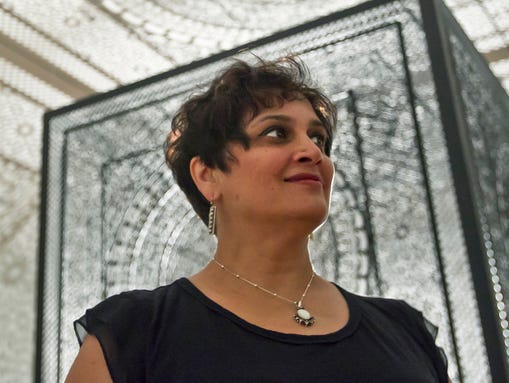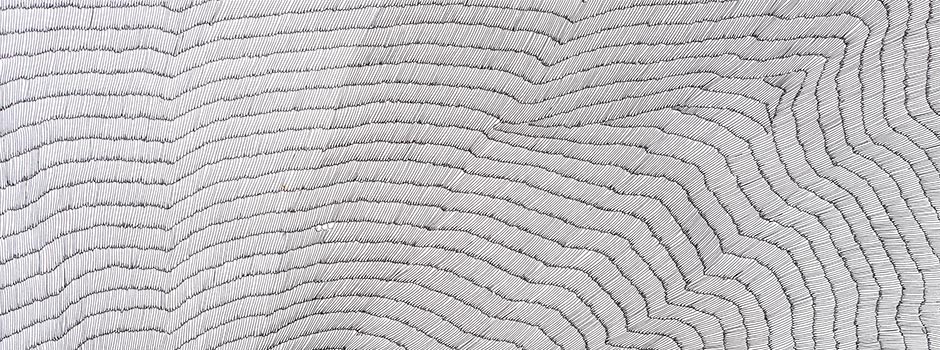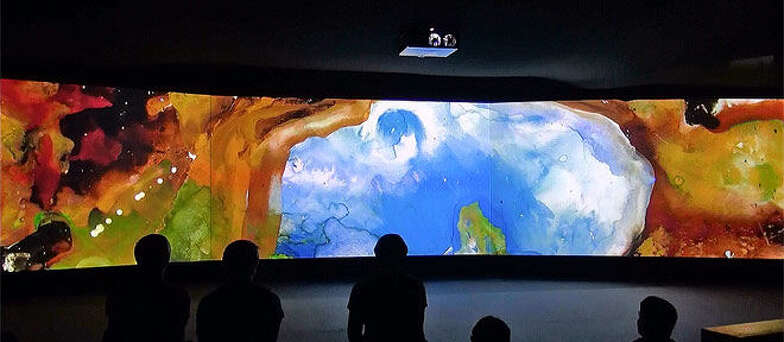Great article by Shahzia Sikander in the New York Times on an equally great and timely theme - 'Turning Points 2015'. She is part of a very prestigious list of global thinkers who will be contributing under this theme; people including Tony Blair, Julian Assange, Brendan Mullane, Seamus Mullen, the rapper-songwriter Pharrell Williams, the novelist Siri Hustvedt, the writer-photographer Taiye Selasi, the artist Shahzia Sikander, and esteemed cartoonist Patrick Chappatte, amongst others (Editor's Letter on the Theme).
And this is something which makes Shahzia stand taller than most of the other Pakistani artists - she is truly global and more importantly perceived as a global thinker.
Long Live Shahzia's transnational success .... and long live Pakistan art's resurgence !
Enjoy the article
Yours
Artwallaa !
The World Is Yours, the World Is Mine
 |
| "The World Is Yours, the World Is Mine," by Shahzia Sikander. Credit Sikander Studio |
A major story of 2014 has been the Ebola outbreak, which has spread from West Africa to Europe and the United States. The Ebola narrative has also become the story of how we don’t want to be connected in what is supposedly a hyperconnected and globalized world. We have tried to screen for symptoms and enforce quarantines. However, the interface between human and microbe is complex. Our bodies cannot thrive without some microbes — they are an essential part of our personal ecosystems. They are always present, often lying dormant, just as narratives lie dormant until someone culls them from history’s rubble. I have chosen to respond to these events from 2014 in my work, “The World Is Yours, the World Is Mine,” (2014).
The World Is Yours, the World Is Mine
Africa is the glowing gold-and-green heart of the painting, a central stage on which many of the world’s issues play out. The amalgam of diverse societies and cultures, its swirling ink recalls topographical maps or satellite imagery of the land; swaths of red and blue seeping ink surround it, suggesting anatomical drawings and medical documentation. The mythological three-headed figure cradles, and at the same time claws at, the heart. The medical, anatomical and diagrammatic aspects of the painting are meant to signify the terrain of the body as a site or landscape comprised of multiple, disparate components that, in the end, are all related to one another — just as disparate elements can come together to shape a collective narrative that is told, retold, reshaped and distorted over time.
The central quasi-mythological figure has three heads, all of them New Yorkers. The figure on the left is Langston Hughes, the poet, novelist and leading voice of the Harlem Renaissance in the 1920s who told of the everyday lives of working-class African-Americans. In the center is death, a white skeleton figure with its organs spilling out of its chest. And on the right is the hip-hop artist Nas, known for his vivid observations and storytelling. Hughes and Nas have distinct relationships with lyric verse in their storytelling: Hughes through poetry and Nas through rap.
My painting explores multiple modes of storytelling from the vantage point of New York City, a place of integration and turmoil that is still coming to terms with its underrepresented narratives, including its African-American history. Many issues arise: not just questions of wealth and class, but of trade, global economics, crime, capitalism, race and personal identity.

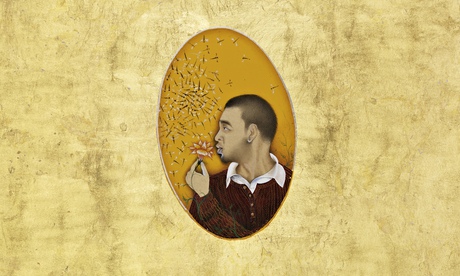
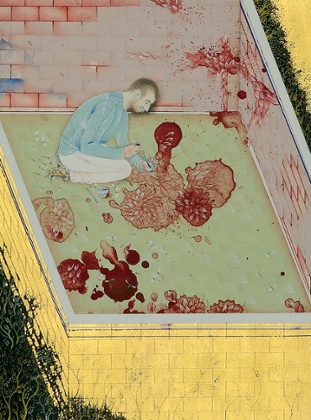

.jpg)



